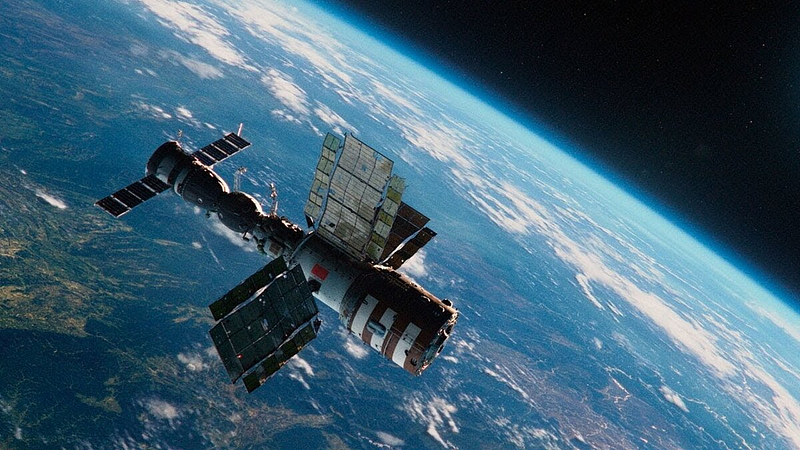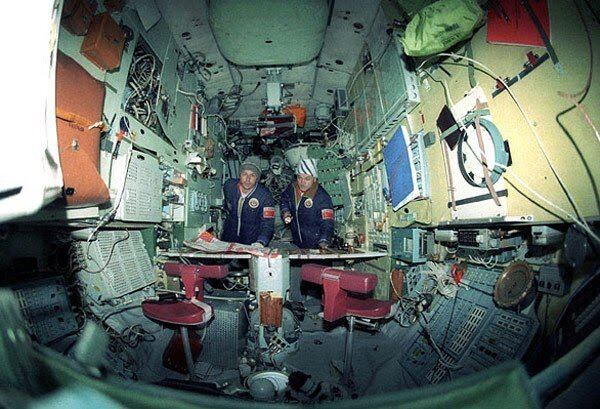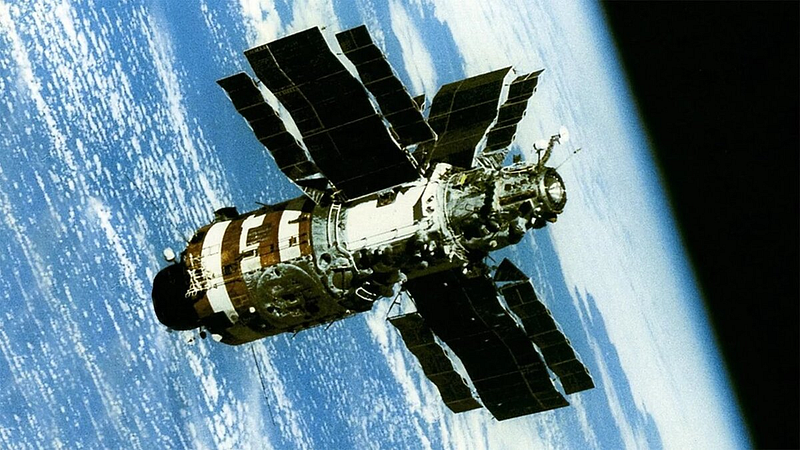The Heroic Rescue of the Salyut-7 Space Station
Written on
Chapter 1: Introduction to Salyut-7
On April 19, 1982, the Soviet Union launched the orbital station “Salyut-7” into Earth’s orbit using a “Proton-K” rocket from Baikonur Cosmodrome. Designed for a range of scientific experiments in zero gravity, it was expected to function for five years. However, on February 11, 1985, the flight control center lost all communication with the station after it had been uncrewed for six months.
Given that the station had not yet reached its projected lifespan and the malfunction was believed to be non-critical, a few months later, a mission was organized to restore “Salyut-7.” This operation soon became legendary, and this article delves into the remarkable actions of the Soviet cosmonauts involved.

Chapter 1.1: The Communication Breakdown
On February 11, 1985, at 9:23 AM Moscow time, communication with “Salyut-7” was abruptly lost. The station transformed into an uncontrollable twenty-ton entity, gradually descending towards Earth. While only select officials and specialists within the Soviet Union were aware of the situation, international media speculated wildly about the uncontrolled station's impending reentry.
Such concerns were not unfounded; in 1979, the American space station “Skylab” had fallen to Earth due to miscalculations, scattering debris across Australia, narrowly avoiding human casualties. Recognizing the potential risk to both lives and the reputation of Soviet space exploration, the USSR dispatched two seasoned cosmonauts, Vladimir Dzhanibekov and Viktor Savinykh, who had a mere three months to prepare for the mission.

Chapter 1.2: Launch and Challenges
On June 6, 1985, at 10:40 AM Moscow time, the “Soyuz T-13” spacecraft was launched, carrying the two cosmonauts toward “Salyut-7.” Although the media was alerted about the launch, the unique nature of the mission was kept under wraps. Following the launch, complications arose: during pre-launch preparations on Earth, an air purification unit was mistakenly swapped for an oxygen-producing unit, heightening fire risks on the spacecraft. Thankfully, this issue was resolved swiftly.
The docking was scheduled for June 8. Uniquely, the spacecraft's approach was guided solely by ground-based satellite systems, demonstrating the Soviet anti-missile defense (ABM) capability. As they neared “Salyut-7,” Dzhanibekov took manual control and successfully docked the spacecraft despite the absence of several instruments typically used for such procedures. Work commenced in the frigid and dark conditions of the station.
Upon docking, the cosmonauts discovered that the solar panel orientation system had failed, resulting in a complete power outage for the station. Fortunately, the station remained pressurized, and the air was safe from carbon monoxide, although temperatures were reported to be around 4 degrees Celsius, and possibly even below freezing.

Chapter 1.3: Overcoming Adversity
Interestingly, prior to the mission, Savinykh’s wife had knitted wool hats for both him and Dzhanibekov, which proved invaluable in combating the station's cold. By the fourth day of their mission, the cosmonauts managed to position the solar panels towards the Sun using the spacecraft's engines. On June 11, they activated part of the power system, allowing them to start warming the station.
However, this led to melting ice dripping onto sensitive equipment, which could have caused short circuits. Lacking any tools to collect the water, the cosmonauts ingeniously used their suits and other makeshift methods. On June 12, they conducted a televised report to share their progress.

Chapter 1.4: Supplies and Further Repairs
On June 23, the “Progress-24” spacecraft successfully docked with “Salyut-7,” delivering much-needed water, fuel, and equipment. The cosmonauts not only continued their repair efforts but also engaged in scientific research. On August 2, they ventured into space to install additional solar panels and experiment equipment.
On September 26, the cosmonauts returned to Earth and were awarded the Orders of Lenin for their bravery. Savinykh received his second Hero of the Soviet Union title, while Dzhanibekov was promoted to Major General of Aviation.
Stay tuned for more exciting articles about space exploration!